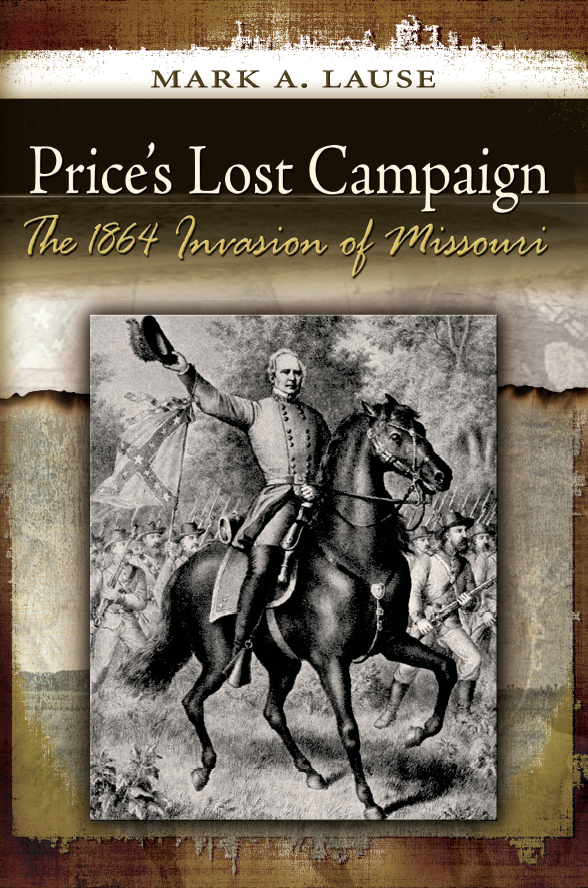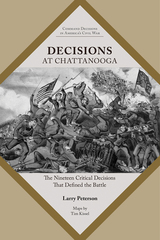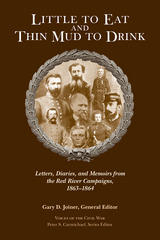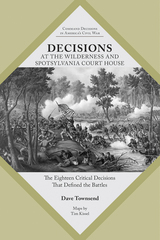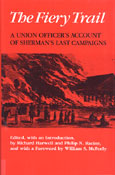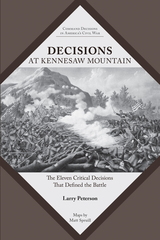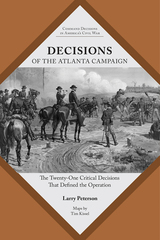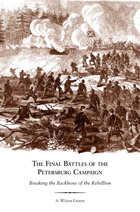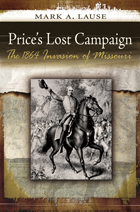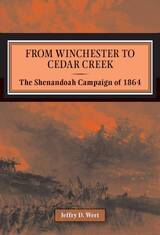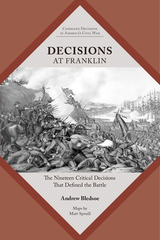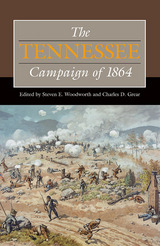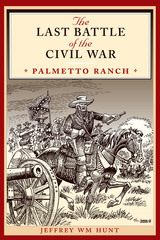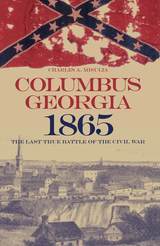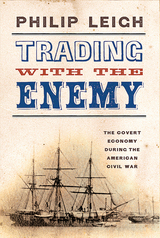Price's Lost Campaign: The 1864 Invasion of Missouri
University of Missouri Press, 2011
Cloth: 978-0-8262-1949-7 | eISBN: 978-0-8262-7263-8 | Paper: 978-0-8262-2033-2
Library of Congress Classification E477.16.L38 2011
Dewey Decimal Classification 973.737
Cloth: 978-0-8262-1949-7 | eISBN: 978-0-8262-7263-8 | Paper: 978-0-8262-2033-2
Library of Congress Classification E477.16.L38 2011
Dewey Decimal Classification 973.737
ABOUT THIS BOOK | AUTHOR BIOGRAPHY | TOC | REQUEST ACCESSIBLE FILE
ABOUT THIS BOOK
In the fall of 1864, during the last brutal months of the Civil War, the Confederates made one final, desperate attempt to rampage through the Shenandoah Valley, Tennessee, and Missouri. Price’s Raid was the common name for the Missouri campaign led by General Sterling Price. Involving tens of thousands of armed men, the 1864 Missouri campaign has too long remained unexamined by a book-length modern study, but now, Civil War scholar Mark A. Lause fills this long-standing gap in the literature, providing keen insights on the problems encountered during and the myths propagated about this campaign.
Price marched Confederate troops 1,500 miles into Missouri, five times as far as his Union counterparts who met him in the incursion. Along the way, he picked up additional troops; the most exaggerated estimates place Price’s troop numbers at 15,000. The Federal forces initially underestimated the numbers heading for Missouri and then called in troops from Illinois and Kansas, amassing 65,000 to 75,000 troops and militia members. The Union tried to downplay its underestimation of the Confederate buildup of troops by supplanting the term campaign with the impromptu raid.
This term was also used by Confederates to minimize their lack of military success. The Confederates, believing that Missourians wanted liberation from Union forces, had planned a two-phase campaign. They intended not only to disrupt the functioning government through seizure of St. Louis and the capital, Jefferson City, but also to restore the pro-secessionist government driven from the state three years before. The primary objective, however, was to change the outcome of the Federal elections that fall, encouraging votes against the Republicans who incorporated ending slavery into the Union war goals. What followed was widespread uncontrolled brutality in the form of guerrilla warfare, which drove support for the Federalists. Missouri joined Kansas in reelecting the Republicans and ensuring the end of slavery.
Lause’s account of the Missouri campaign of 1864 brings new understanding of the two distinct phases of the campaign, as based upon declared strategic goals. Additionally, as the author reveals the clear connection between the military campaign and the outcome of the election, he successfully tests the efforts of new military historians to integrate political, economic, social, and cultural history into the study of warfare. In showing how both sides during Price’s Raid used self-serving fictions to provide a rationale for their politically motivated brutality and were unwilling to risk defeat, Lause reveals the underlying nature of the American Civil War as a modern war.
See other books on: Campaigns | Civil War Period (1850-1877) | Civil War, 1861-1865 | Lause, Mark A. | Missouri
See other titles from University of Missouri Press
